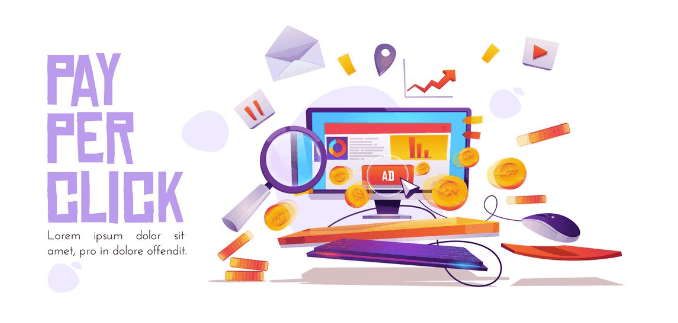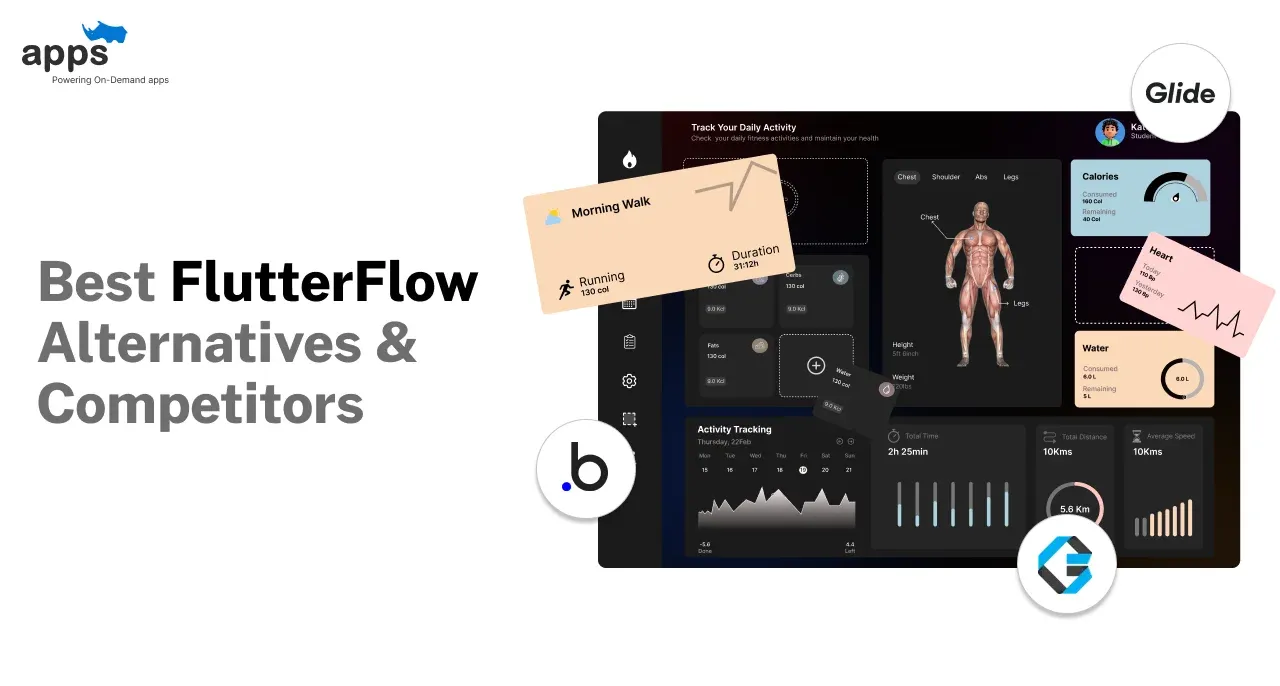- Introduction
- Understanding Job Requirements
- Sourcing Talent
- Conducting Effective Interviews
- Evaluating Portfolios
- Conclusion
- Frequently Asked Questions (FAQs)
Table of Contents
The Ultimate Guide to UI/UX Design Hiring

Introduction
Unleash the power brought by digital advancements through UI/UX designing. If you are someone who wants to integrate this digital wonder into your application and lacks designing specialists then hiring UI/UX designers would do the job. By partnering up with organizations that have UI/UX designers in store, businesses can utilize their potential on a particular project without having to worry about providing them permanent employee benefits as such. On-demand UI/UX designers bring in experience, knowledge and ideas that are essential to boost and take your project to the next level.
In order to ensure that the best team of designers are working on your project a methodical approach must be followed. To help you out on this, this guide will focus on the important factors that businesses must consider while hiring on-demand UX/UX designers. It also showcases the various advantages this team of experienced individuals bring to the table.
Understanding Job Requirements
The world of UI/UX design is a careful blend of technical skills, creative thinking, and user empathy. As a result, before diving into the talent pool a brief idea of job requirements is extremely important.
These job requirements should contain an assessment of technical and soft skills because a mixture of the two determines whether the project will succeed. The job requirements for an on-demand UI/UX designer can range from a proper understanding of the recent trends and technologies to finding unique solutions to cater to the target audience.
One must look for designers with considerable market experience and versatile UI/UX skills. Years of experience bring a new outlook and much-needed insight into the domain. By keeping these factors in mind, businesses can undoubtedly crack the jackpot and get their hands full with the best designers the market has to offer.
Sourcing Talent
The first step towards getting your dream team of UI/UX designers is by sourcing talent. The following section delves into detail the different ways through which businesses can source talent and find the best set of designers to work on their project.
Traditional Methods
This method generally revolves around contemporary ways of sourcing talent. Businesses can approach institutions that offer UI/UX designing courses and hire them on a project basis. For businesses that have a website, job listings can be circulated there. Certain industry-specific websites are also good places for sourcing talent and attracting inquisitive and sharp minds.
Online Platforms
Platforms like LinkedIn and Indeed have many seasoned designers with UI/UX skills ready to be hired. Keeping their job requirements in mind, businesses can dive straight into this pool of talent and hire the ones that best suit their needs.

One can even consider online platforms that provide freelance designers. By evaluating their portfolios and availability, they can be selected for further interview sessions.
Networking
Press conferences, design meetings, and meetups are other budding sources of talent. Businesses who are in the hunt for a talented team of designers are generally advised.

Networking is a crucial strategy for finding talented UI/UX designers. Attending design events, conferences, and meetups allows in-person connections with designers and provides opportunities to stay updated on industry trends.
Online design communities and forums are also excellent platforms for networking. Engaging in discussions and building relationships with professionals in the field can lead to potential job opportunities.
Industry-Specific Outreach
Companies can contact design agencies or studios to inquire about the availability of their designers. Collaborating with design recruitment agencies or headhunters specializing in finding UI/UX talent can also be an effective approach.
Engaging with UI/UX design educators or mentors and inquiring about their students or mentees seeking employment opportunities can result in finding promising talent.
Creating a Strong Employer Brand
Building a strong employer brand helps attract top UI/UX professionals . It is crucial to clearly communicate the company's commitment to good design and the importance of UI/UX skills in its products or services. Showcasing previous UI/UX design work and success stories on the company's website or portfolio helps candidates understand the company's design initiatives.
Highlighting any awards, accolades, or recognition received for design excellence demonstrates the company's credibility. Fostering a positive work culture that values creativity, collaboration, and growth opportunities for designers can make the company an attractive workplace.
Conducting Effective Interviews
By following these best practices, companies can conduct effective interviews that accurately assess a candidate's technical skills, UI/UX design skills, thinking, and cultural fit. This, in turn, helps hire the right candidates for the job and ensures a successful future for both the company and the candidate.
Technical Skills Assessment
Assessing a candidate's technical skills is critical to the interview process. One best practice is to create a UI/UX skills-based test that simulates real-world design scenarios. The test should address the specific skills and competencies required for the role of UI/UX design, such as proficiency in design software, knowledge of design principles, and the ability to create intuitive user interfaces.
Design Thinking Evaluation:
Evaluating a candidate's design thinking skills is equally important. To assess design thinking, it's best to use a combination of behavioral and situational questions that measure creativity, problem-solving ability, and user empathy.
Ask candidates to describe their design process and the ways they incorporate user feedback into their designs. Also, provide a hypothetical design problem and ask candidates to describe their approach and how they would arrive at a solution.
Suggested Reading:
9 Great Tips to find the Best UX/UI Designer for the Company
Cultural Fit Assessment:
Assessing cultural fit is essential to ensure the candidate works well with the team and the company. To evaluate cultural fit, it's best to ask questions focusing on company values, behavior, and communication styles. Ask candidates about their experience working in a collaborative team environment, how they give and receive feedback, and how they handle challenges or conflicts.
Behavioral Interview Practice:
Conducting behavioral interviews is another best practice for assessing a candidate's technical UI/UX skills, UI/UX design thinking, and cultural fit. This type of interview asks candidates to provide examples of their past experience and behavior in specific situations. It's best to use open-ended questions to encourage candidates to provide detailed responses.
Examples of questions could include "Can you describe a time when you had to solve a difficult design problem?" or "Can you tell me about a time when you had to work with a challenging team member?"
Consistent and Structured Interviewing:
It's best to use a consistent and structured interviewing approach to ensure fairness and objectivity in the interview process. Each candidate is asked the same questions, and their responses are evaluated using a standardized scoring system. Additionally, it's imperative to have more than one interviewer involved in the process to avoid personal biases.
Evaluating Portfolios
The best way to assess a designer's UI/UX skills is to see their work. Interact with the developments they have made and see if they are fit to deliver on your needs.
Overall Quality
When evaluating a UI/UX design portfolio, start by assessing the overall quality of the work presented. Look for a cohesive and visually appealing aesthetic that demonstrates attention to detail and a polished execution.
Consider the consistency in design elements, such as typography, color palettes, and use of space. Look for a professional presentation of projects, including clear descriptions and explanations of the design process.
Creativity and Innovation

Assess the candidate's ability to think creatively and push boundaries in their designs. Look for unique and innovative solutions that show originality and differentiation from common design patterns. Consider whether the candidate has taken risks and explored new ideas to solve design problems. Look for evidence of out-of-the-box thinking and designs that stand out from the crowd.
Problem-Solving Ability
A crucial aspect of evaluating a UI/UX design portfolio is assessing the candidate's problem-solving ability. Look for projects that showcase the candidate's ability to identify user needs, that showcase his UI/UX design skills, define problems, and create design solutions that effectively address those problems.
Evaluate how well the candidate articulates their challenges and the strategies and methodologies they employed to overcome them. Analyze whether the UI/UX designs effectively meet the needs of the target audience.
User-Centered Design
Assess the candidate's focus on user-centered UI/UX design principles. Look for evidence of user research and empathy-driven design, such as personas, user flows, and user testing methodologies.

Consider whether the candidate has demonstrated an understanding of user behavior, preferences, and pain points and incorporated that knowledge into their designs. Look for intuitive and user-friendly interfaces that prioritize usability and accessibility.
Diversity of Projects
Evaluate the diversity of projects in the portfolio. Look for candidates with experience working on various projects across various industries and platforms pertaining to UI/UX design. A diverse portfolio demonstrates adaptability and versatility in tackling different design challenges.
Consider whether the candidate has worked on projects with different complexities, such as mobile apps, websites, or other digital interfaces.
Suggested Reading:
Hire Best Remote UI/UX designers
Impact and Results
Finally, assess the candidate's designs' tangible impact and results. Look for evidence of how their designs have positively influenced user experience, achieved business goals, or resolved specific design challenges. Consider feedback from clients, stakeholders, or users that highlights the candidate's work's success.
Conclusion
In conclusion, in order to get a combination of efficient and expert designers on your project, one needs to follow a step-by-step process. This process can begin from evaluating candidates' technical skills, design thinking, and cultural fit through interviews, as well as assessing their UI/UX design portfolios.
An equal assessment of both of the categories is crucial for making informed hiring decisions. By following best practices for conducting interviews and considering factors such as quality, creativity, problem-solving ability, and user-centered design in portfolio evaluations, companies can identify candidates who not only possess the required skills for the role but also demonstrate a strong alignment with the company's values and work well with the team.
Frequently Asked Questions (FAQs)
What are the key skills and qualifications to look for when hiring an UI/UX designer?
When hiring an UI/UX designer, it is essential to look for a combination of technical skills and qualifications. Look for proficiency in design software, knowledge of design principles, understanding of user-centered design, experience with user research and testing, problem-solving ability, creativity, and strong communication skills.
How important is a candidate's portfolio in the hiring process?
A candidate's portfolio is crucial in the hiring process as it showcases their skills, design approach, and creativity. It provides an opportunity to assess the quality of their work, problem-solving ability, user-centered design focus, and adaptability to different design challenges. The portfolio helps evaluate a candidate's experience and the impact of their designs on user experience and business goals.
What are some effective interview techniques for evaluating UI/UX design candidates?
To effectively evaluate UI/UX design candidates, consider techniques like skills-based tests to assess technical proficiency, using behavioral and situational questions to evaluate design thinking and problem-solving ability, asking about their design process and incorporating user feedback, and assessing cultural fit by inquiring about collaboration, communication, and conflict resolution.
How can companies ensure a fair and objective interview process for UI/UX design hiring?
To ensure a fair and objective interview process, companies should use a consistent and structured interviewing approach. This involves asking the same set of questions to all candidates and evaluating their responses using a standardized scoring system. Involving multiple interviewers can also help mitigate personal biases and ensure a more balanced evaluation.
Table of Contents
- Introduction
- Understanding Job Requirements
- Sourcing Talent
- Conducting Effective Interviews
- Evaluating Portfolios
- Conclusion
- Frequently Asked Questions (FAQs)



